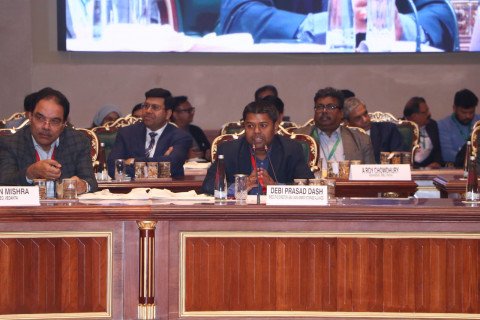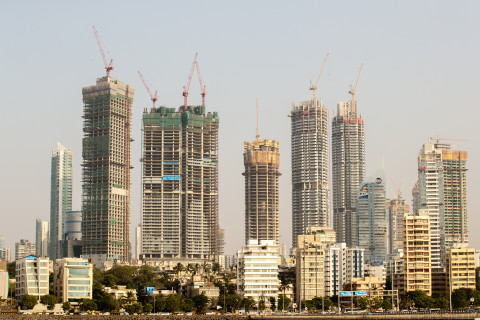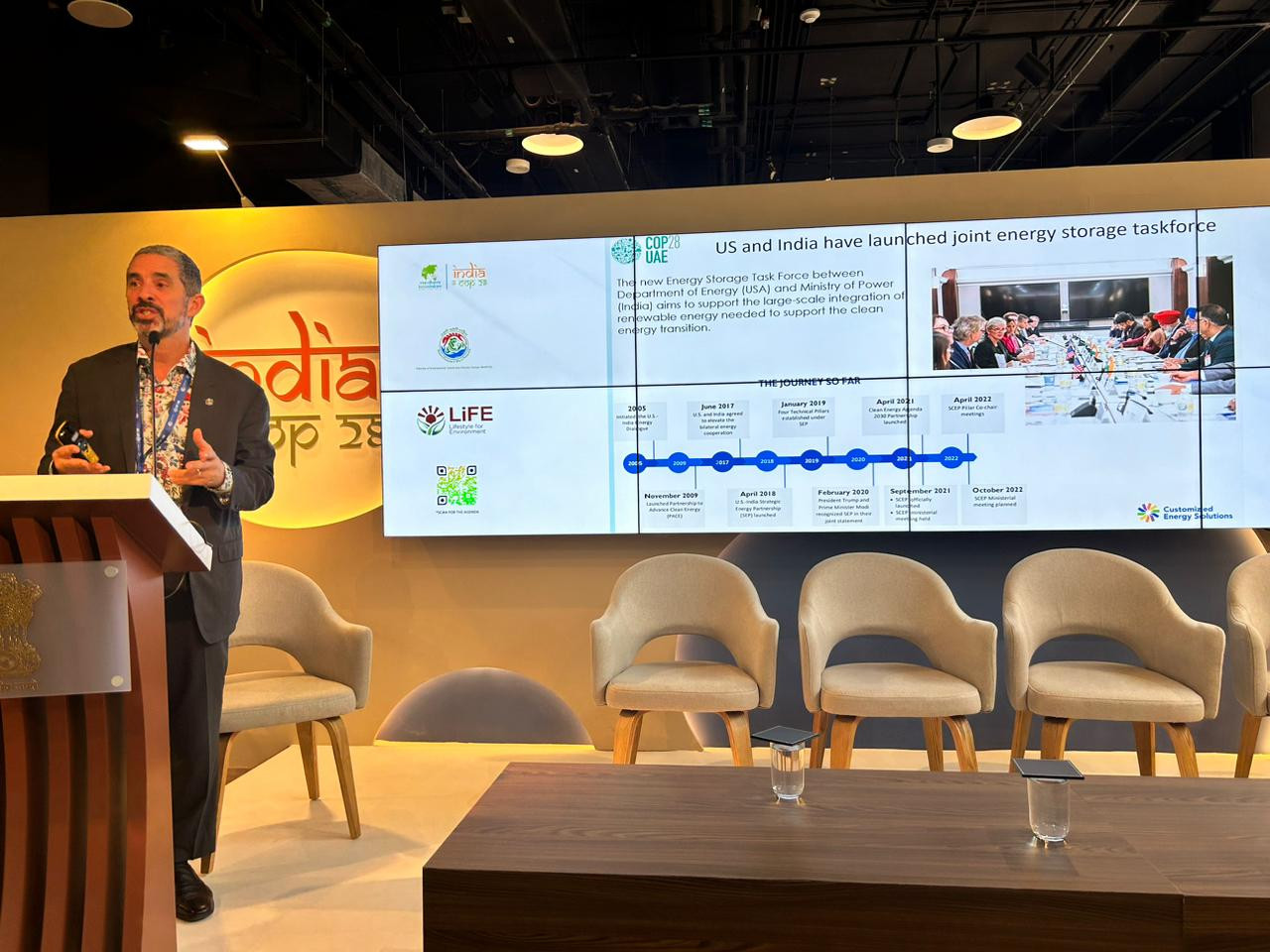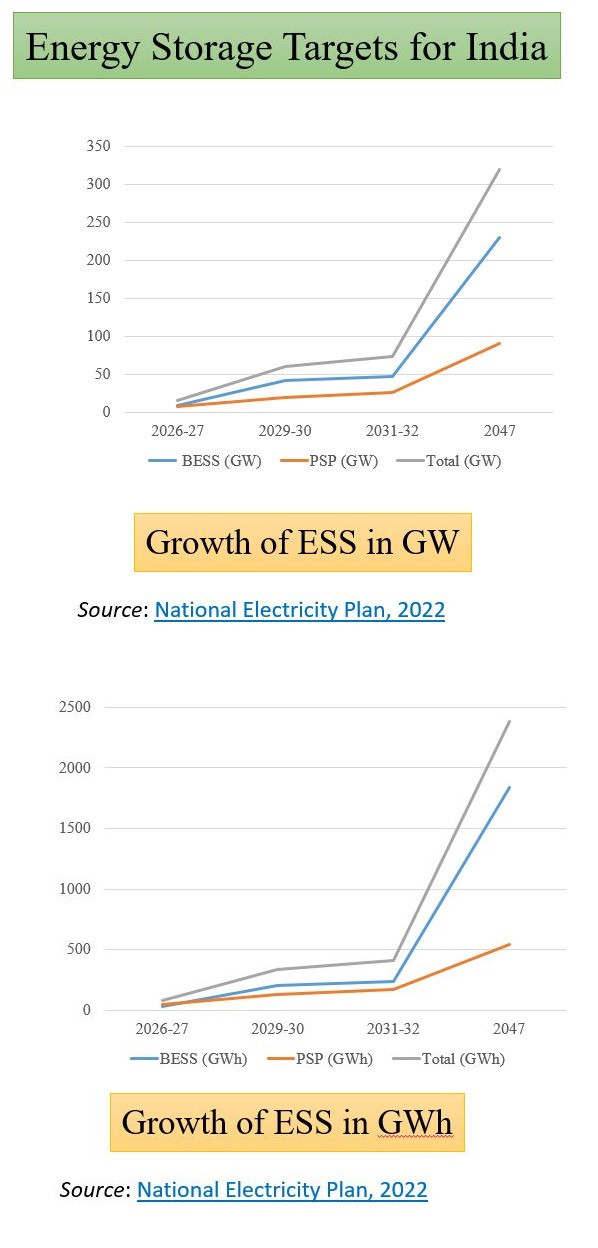The India Pavilion at COP28 hosted an event on cost-effective energy systems for energy transition and integration of renewable energy on December 5, under the aegis of the country's Central Electricity Authority (CEA).
Ghanshyam Prasad, Chairperson of CEA, welcomed speakers who included Sumant Sinha, Chairman and CEO of Indian renewables developer ReNew Power, Dr Rahul Walawalkar, President of the India Energy Storage Alliance, whom Prasad dubbed the 'Energy Storage Man of India', Chandrasekar Govindarajalu from the World Bank, Vijayanand Samudrala, President of New Energy at the Amara Raja Group (India) and Stephen Fernands, President of Customized Energy Solutions (USA).
Kicking off the session, Prasad pointed out that India's national electricity plan estimates a requirement for 61 GW (336 GWh) of energy storage by 2030, rising to 320 GW (2,380 GWh) by 2047.
"Without energy storage, no country can think of energy transition," he said, adding that India's energy storage targets would require an estimated $52 billion by 2030. He underlined the need for long duration energy storage (LDES). "We need LDES as we climb the ladder of energy transition… LDES not just in hours, but in days, allowing the system to kick-in during rainy days," he told the audience.
India's updated Nationally Determined Contribution, a non-binding national plan highlighting climate change mitigation efforts (including targets for reduction of emission of greenhouse gases), also includes a commitment to reduce the Emissions Intensity of its GDP by 45 percent by 2030, from 2050 level.
The country's success in promoting energy storage systems (ESS), which mainly consists of pumped-hydro storage projects (PSP) and battery energy storage systems (BESS) can be distilled into certain specific moves such as:
- Legal Recognition: ESS is recognized as an essential part of the power system, allowing independent ESS operations as delicensed activities, subject to registration and safety regulations.
- Energy Storage Obligation (ESO): An ESO trajectory is introduced to increase the share of electricity consumption sourced from renewables through ESS.
- Transmission Charges Waiver: Temporary waiver of transmission charges for ESS, including Battery Energy Storage Systems (BESS), to encourage their adoption.
- Transition from Diesel Generators (DG) to Clean Technologies: Encouragement for consumers relying on DG sets for backup power to transition to cleaner technologies within a specified timeframe.

India puts up 20 blocks of critical and strategic minerals for auction
The country has also undertaken specific decisions to boost BESS. These include:
- Guidelines for Procurement and Utilization: Comprehensive guidelines for the procurement and utilization of BESS to enhance project bankability.
- Viability Gap Funding (VGF) Scheme: Approval of a VGF scheme to facilitate the development of BESS projects, supporting up to 40 percent of the capital cost.
- Distribution Company (Discom) Access: A minimum of 85 percent of BESS project capacity will be made available to Discoms to enhance renewable energy integration.
- Competitive Bidding: BESS developers for VGF grants will be selected through a competitive bidding process.
- Production-Linked Incentive (PLI) Scheme: PLI scheme for battery to incentivize manufacturing of batteries.

India studying advanced building materials, wastewater treatment to reduce CO2 footprint
Read More


